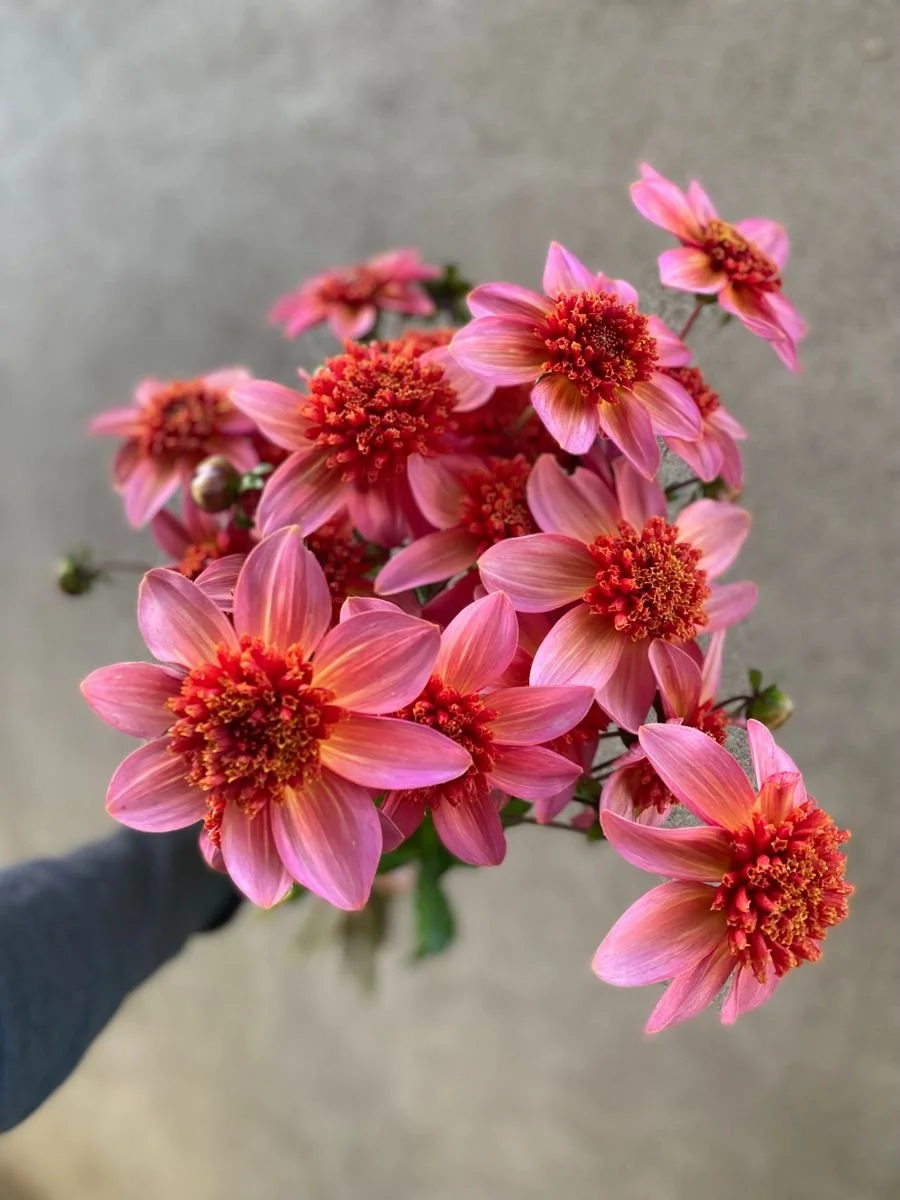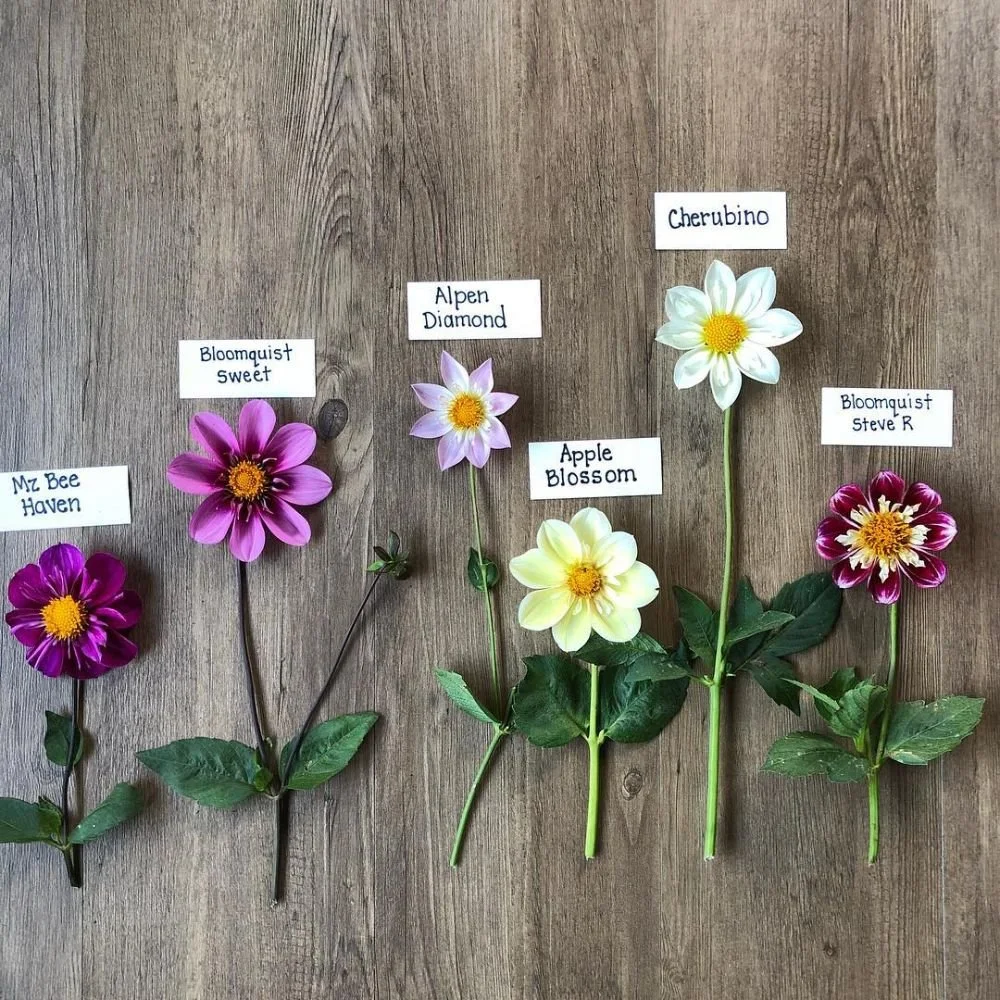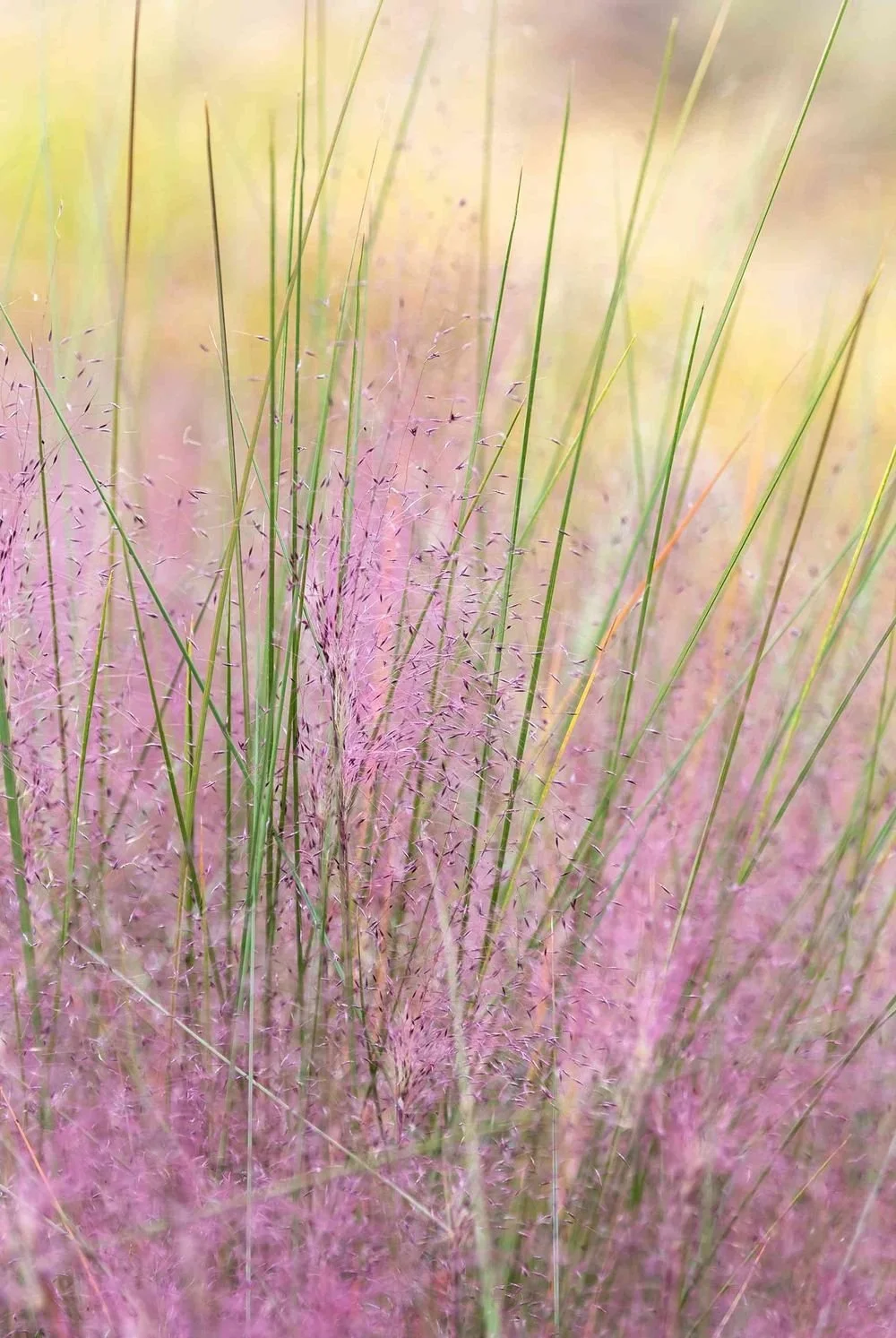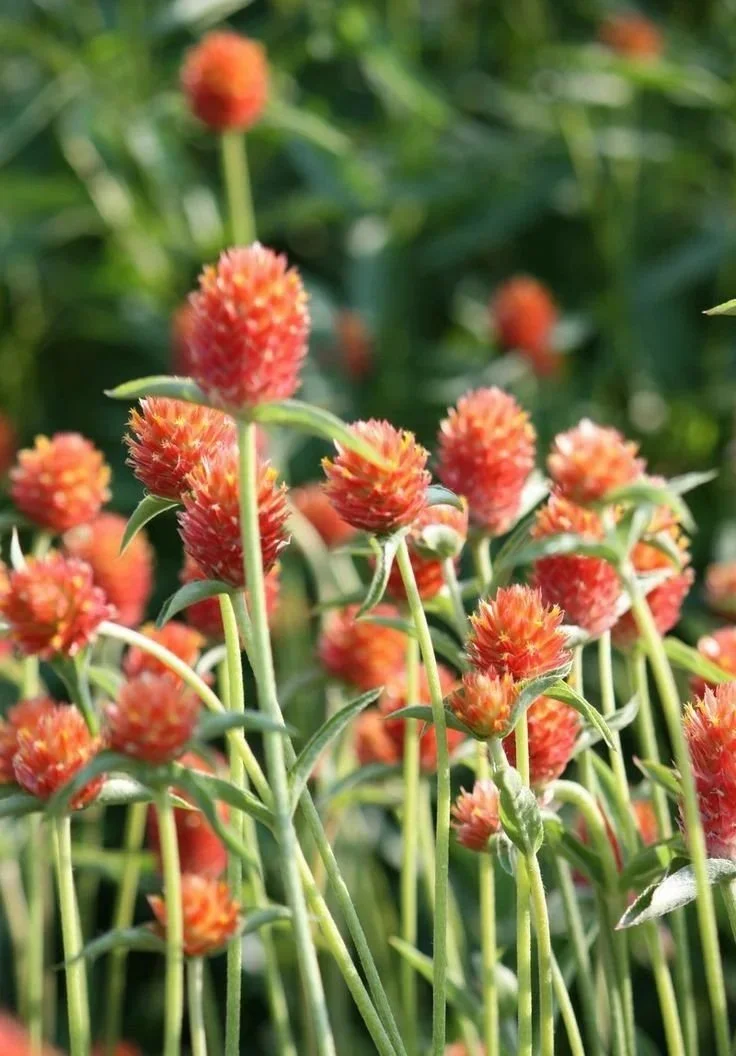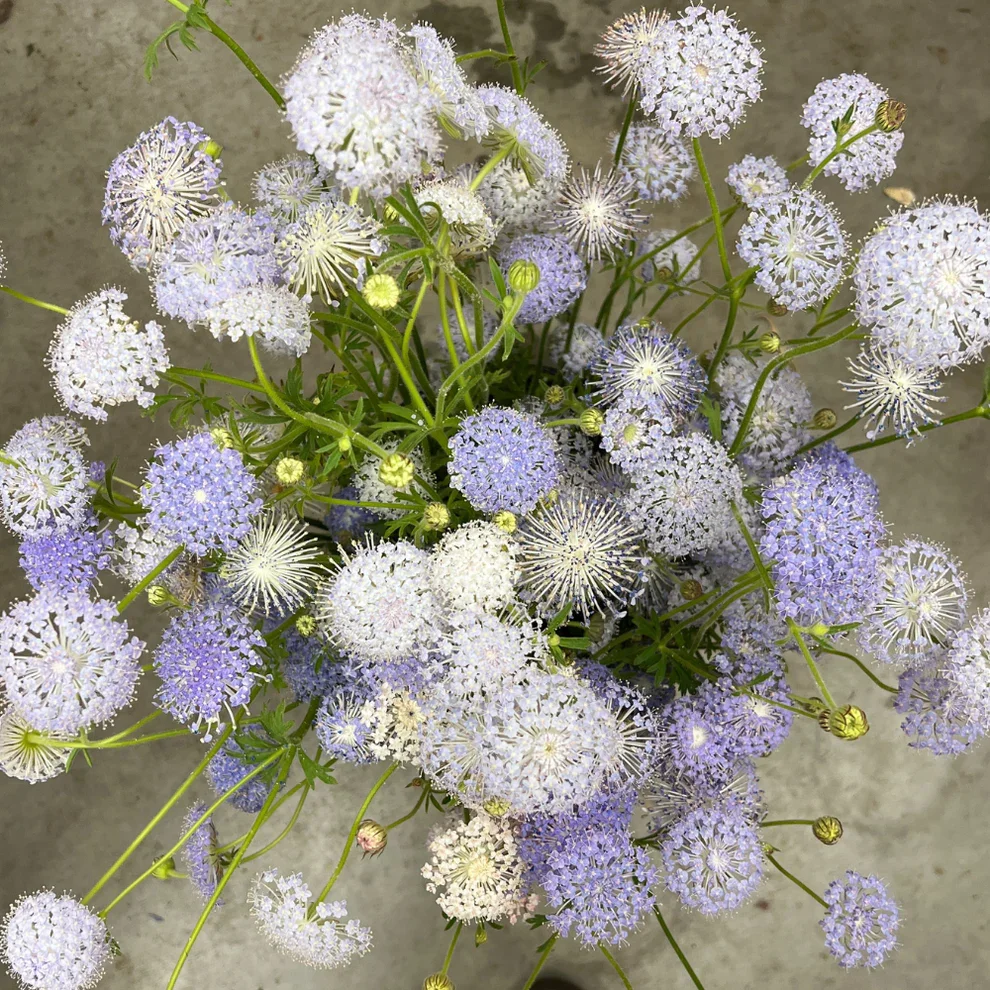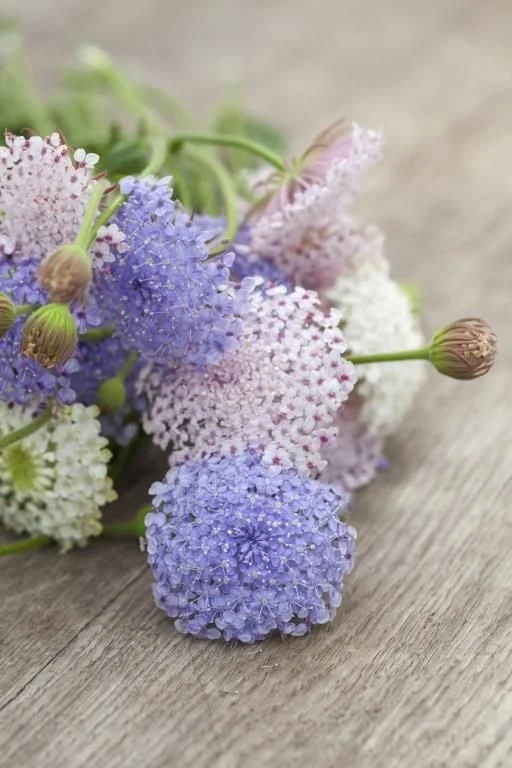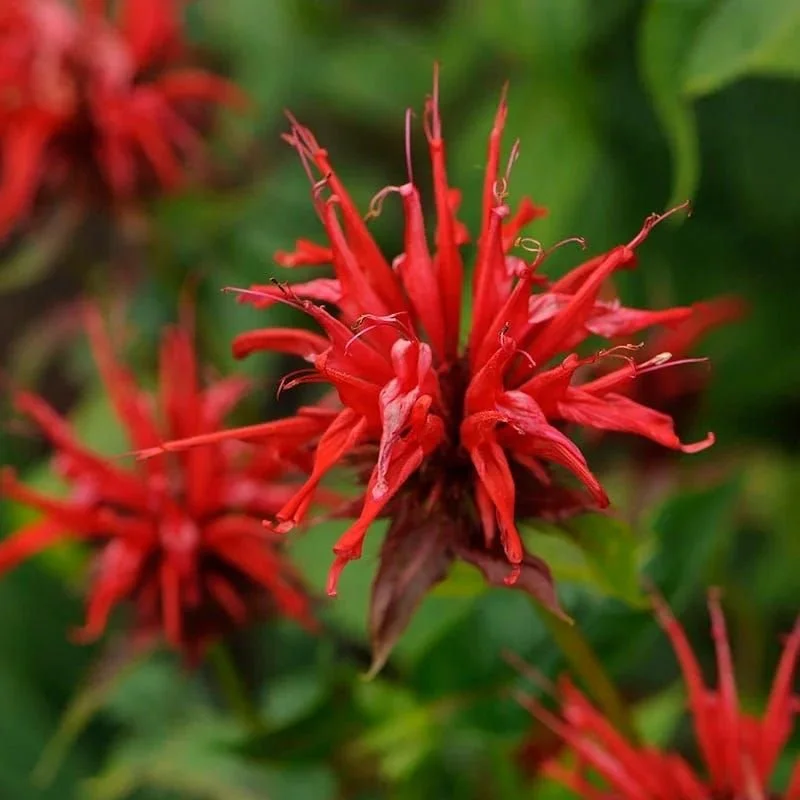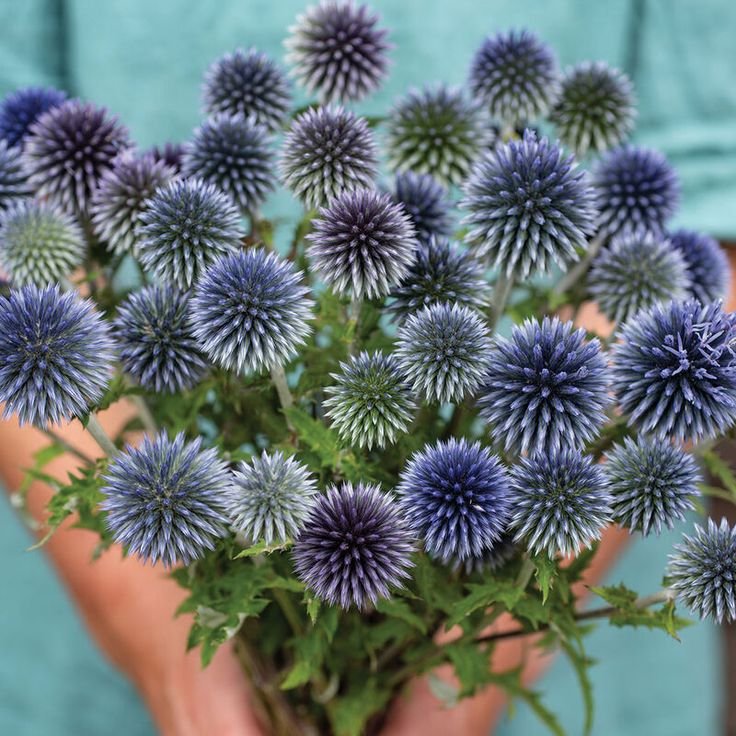The August Edit: What’s Blooming Now
Lindsey & Daniel @ Old Mill Guesthouse
August is a turning point. The heat still clings, but the fields start whispering the earliest hints of fall. This month, we get the best of both worlds—late summer abundance meets the first flickers of the season ahead. Toward the end of the month, those autumnal undertones grow louder: deeper colors, sturdier stems, a quiet shift in the light.
You’ll still see the familiar faces from July holding strong: celosia, rudbeckia, amaranthus, larkspur, strawflower, sunflowers, lilies, flowering herbs, echinacea, and of course, the ever-reliable zinnias. They stretch across both months, giving us continuity through the seasonal shift.
Here's what we're seeing, harvesting, and arranging right now:
Dahlias
Photos: Between the Briars, Chrunch Chrunchies, Reddit, Pikabu.Ru, Exploration Tours & Charters, Sophie Jones BloomsScientific name: Dahlia
Family: Asteraceae
Genus: Asterales
Kingdom: Plantae
Order: Asterales
The stars are starting to show. In August, it's the early birds of the dahlia world that arrive first—anemone and collarette types. These single-petal varieties have a daisy-like look with open faces and exposed centers. They’re flashier, looser, and full of character. While they don’t last quite as long as the later, denser blooms, they bring life and movement to arrangements. Dahlias are heat lovers and late starters, often going into the ground as late as June. Native to Mexico and cousins of taro, they’re both tough and tender.
Hydrangea
Photos: Spring Meadow Nursery, Vermeer -- Garden Centre, Proven Winners, Crocus, Wayside Gardens Scientific name: Hydrangea
Family: Hydrangeaceae
Genus: Hydrangea
Kingdom: Plantae
Order: Cornales
Panicle lace-cap are more like a spire opening in succession up the stem. A different breed than the spring ones that most people know. They hold up well in the heat and they will also dry really well. They have a softer antique look. They’re great for large arrangements to give it structure and shape with impact.
Lisanthus
Photos: Iris & Fig, Joe's Candle Boutique, Melissa Hessney Masters, Квіти, Heirloom Soul Florals, Growing for MarketScientific name: Eustoma Grandiflorum
Family: Gentianaceae
Genus: Eustoma
Kingdom: Plantae
Order: Gentianales
She might look delicate, but lisianthus is a sleeper powerhouse. Ruffled, graceful, and endlessly versatile, this flower holds up for 10+ days in a vase. At a time when texture dominates, lisianthus gives us a much-needed face flower. She’s often mistaken for a rose—but with a little reflexing, she shapeshifts into something totally unique. You’ll see her blooming in silvery lavenders, creams, dusty pinks, and soft whites. A welcome beauty in high summer.
Grasses
Photos: Florea, BHG, Knoll Gardens, Pleasant Hill Farm, The Spruce, Floret FlowersThis is meadow season in full swing. Tall, gestural grasses are having a moment—explosion grass in particular is everywhere. It’s airy, resilient, and thrives in the heat. Grasses bring that wavy, wild look that defines Hudson Valley florals this time of year.
Gomphrena
Photos: Mary Cain, rkholidayz.com, Dave's Garden, @gardeningwithcharla, Roxanne's Dried Flowers, The Seasons of LifeScientific name: Gomphrena
Family: Amaranthaceae
Genus: Gomphrena
Kingdom: Plantae
Order: Caryophyllales
Gomphrena, often mistaken for amaranth or Thistle, adds bright pops of pink, purple, and white. They’re small but mighty, and sweet in every sense.
Didiscus
Photos: The Gardener’s Workshop, Farmer Bailey, Freestone Flora, Wikimedia.org, Chiltern Seeds, The Biking GardenerScientific name: Trachymene
Family: Araliaceae
Genus: Trachymene
Kingdom: Plantae
Order: Apiales
Delicate, yes. Fragile, no. Also known as lace flower (but not Queen Anne's), didascus has tiny umbel blooms in light blue, pink, and white. Despite their soft appearance, they last a solid 10 days or more in a vase. A great softener in any mix.
Monarda aka Bee Balm
Photos: Wilson Bros Garden, Legacy Farming, Jung Seed, Lvnea Perfume, Jig-Bee Flower Farm, Pleasant Run NurseryDr. Seuss meets pollinator power. Blooming all over roadsides, monarda is a pollinator magnet and garden hero. Lavender is the standard, but keep an eye out for vibrant reds too. These are bold, quirky, and full of energy. Plant them and watch the hummingbirds show up.
Scientific name: Monarda
Family: Lamiaceae (the mint family)
Genus: Monarda
Kingdom: Plantae
Order: Lamiales
Thistle & Globe Thistle
Photos: schniplet, world of plants, @kwiaciarniawtepedy, theirishflowerfarmer, crystal moon botanicalScientific name: Eryngium & Echinops
Family: Asteraceae
Genus: Cirsium
Kingdom: Plantae
Order: Asterales
You know them when you see them. Cool-toned thistles pop up in cornflower blues, greens, and whites—a fresh note in all the heat. These flowers have a sculptural presence and make any garden or arrangement instantly more interesting.
Japanese Anemone
Photos: Plant_Me_Love, Braddon flowers CBR, Unknown, Plant_Me_Love, BolThese tall, elegant stunners rise up to 4 feet, floating white petals with a blush-pink glow and bright yellow centers. Unlike their moody fall relatives, these are airy and fresh—a total lift to any arrangement. They carry a sort of effortless grace that reads both wild and composed.
Scientific name: Eriocapitella japonica
Family: Ranunculaceae
Genus: Eriocapitella
Kingdom: Plantae
Order: Ranunculales
That's the state of the field this month. If you're building your own arrangements or just admiring from afar, take it all in—this moment doesn’t last long. The meadow's full, the bees are happy, and the flowers are in their high summer stride, even as autumn starts to slip quietly in.
—
Flora Good Times ☀️


